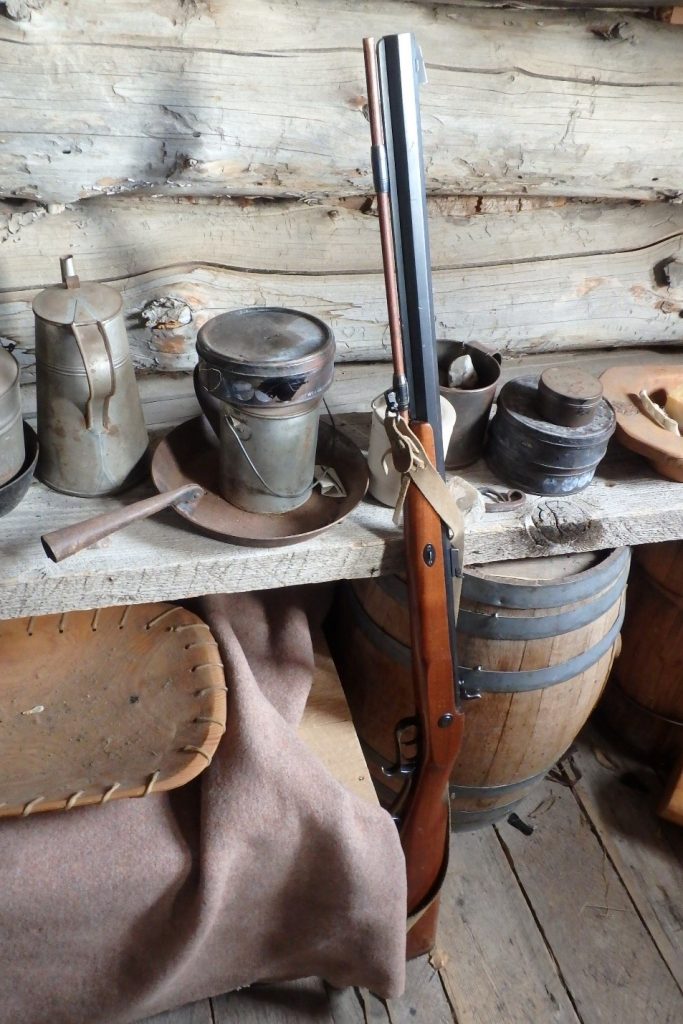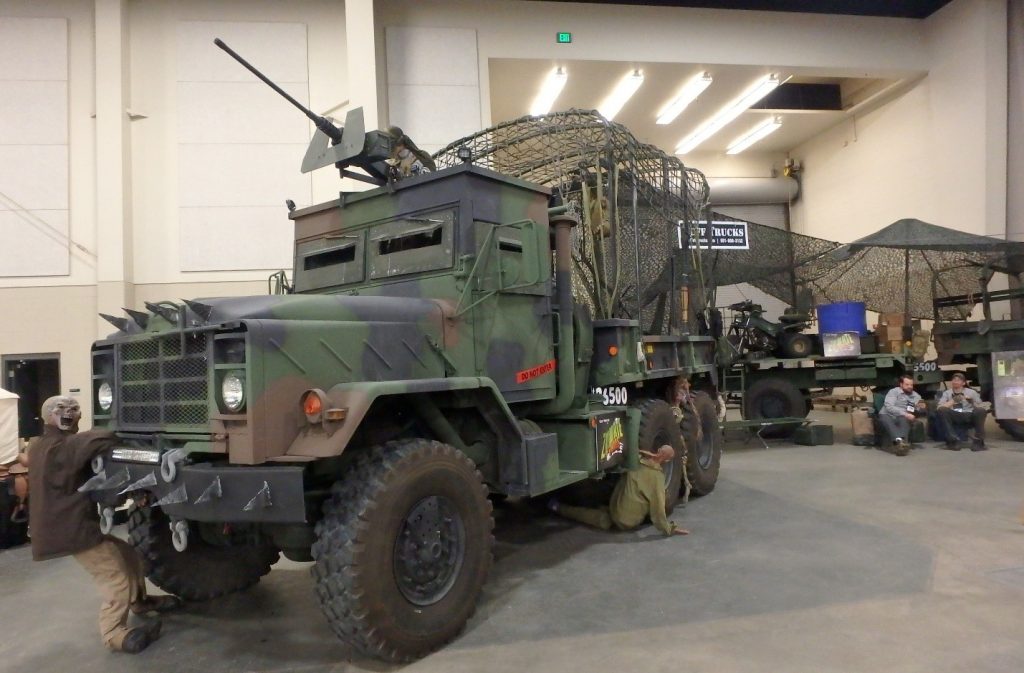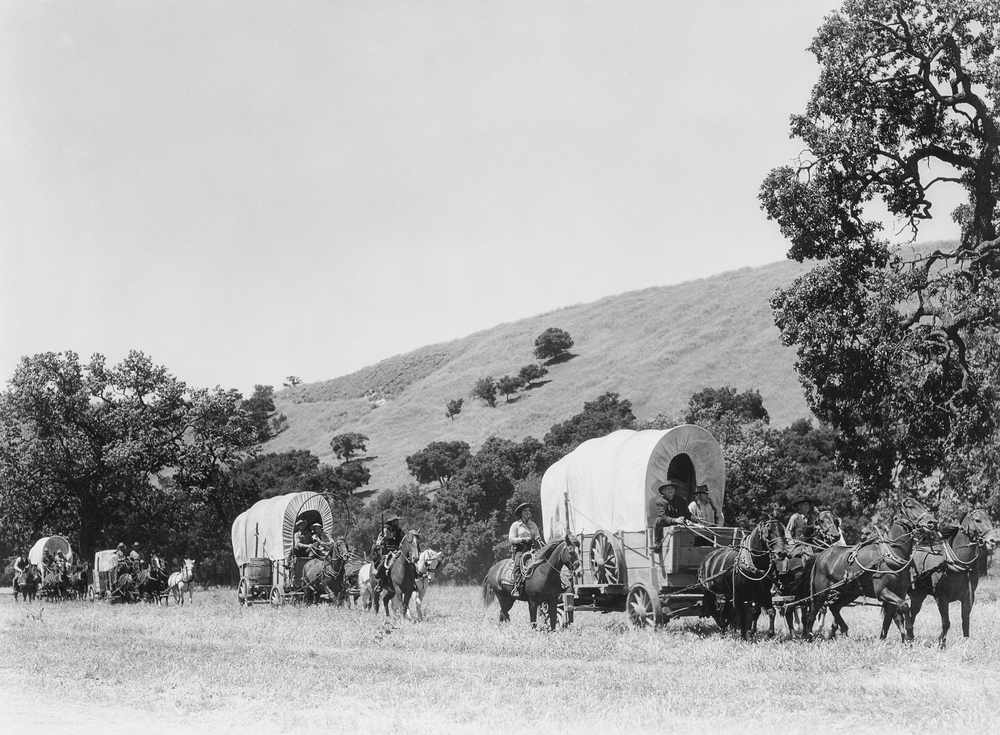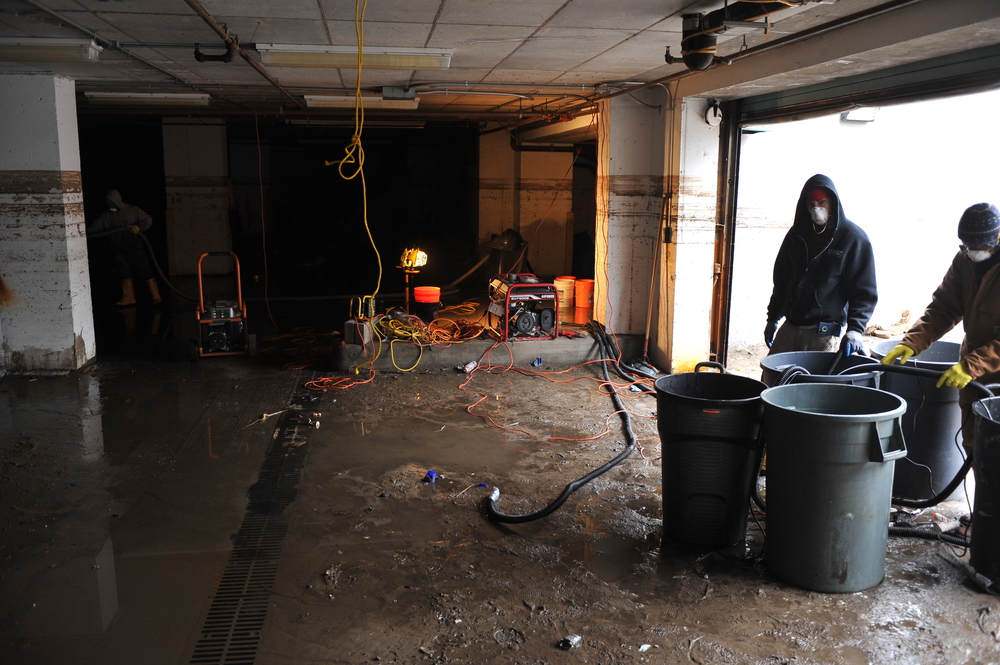What unites us is that we actively prepare for emergencies. But how did survivalism begin?
When and why did the term “prepper” come about and what’s the difference between a prepper and a survivalist?
There are many reasons why understanding our own history is of value to us. It is important to know yourself, but to us, perhaps the most relevant is that it helps us to adapt to future disasters and volatility by learning from the past.

The Beginnings of the Modern Survivalism Movement
While the roots of the modern survivalism movement grew from financial instability in the late 1800’s, the Second Boer War, the Spanish flu, the great depression, and two world wars followed by the specter of global thermonuclear war, they are in turn rooted in traditions of agriculture which required farmers to store food throughout winter and spring to the next harvest and also to protect against lean years.
These are in turn predated by still earlier traditions of preparedness that can arguably be traced back for thousands of years. When “Ötzi the Iceman” was found preserved in the Ötztal Alps between Austria and Italy, he was carrying a bow, a knife, a copper axe and iron pyrite and tinder fungus which where used with his flint blade as the copper age predecessor of flint and steel, preserved by the cold, dry environment since 3100-3400BC. If you carry this equipment today, you’re a survivalist, but carrying it before the 1900’s didn’t make you a survivalist. It made you normal.
By the year 1900, people living in the rural American West were the descendants of pioneers, miners and trappers and it was their grandparents who settled the West. Gun ownership, gardening, canning and hunting were simply their way of life. However, urbanization had people moving to cities in record numbers and within a couple of generations, camping, hunting and gardening became recreational activities instead of a way of life.
The early influences noted above resulted in the establishment of the National Parks Service, Scouting and the implementation of food storage practice by the LDS church, all of which influenced the early survivalist movement.
1960’s & 1970’s
The 1960’s saw the first writers of the modern survivalism movement such as Harry Browne and Don Stephens. The nuclear threat and the civil defense program developed in response to it now had Americans building fallout shelters in addition to arming themselves and storing food.
The late 1960’s and early 1970’s also saw the birth of the primitive survival movement with the establishment of the Boulder Outdoor Survival School in Boulder UT. Originally established as program of BYU, led by Larry Dean Olsen, the university ran into problems insuring such a program and cut it loose. BOSS changed hands over years and resulted in the establishment of primitive skills gatherings such as Rabbit Stick and Winter Count by David Wescott, an early owner of the school. Olsen, Wescott and BOSS chief instructor David Holladay became some of the grandfathers of the modern primitive skills movement. Many of the instructors who would later star in survival TV shows trained at BOSS or with former BOSS instructors, such as Cody Lundin, Matt Graham of Dual Survival and Les Stroud of Survivorman. According to Holladay, instructors trained by Tom Brown Jr. or his schools can also trace their lineage back to the BOSS crowd as Brown Jr. first learned primitive skills with them. Brown Jr. maintains that he was trained by an Apache named Stalking Wolf who relocated from Arizona or New Mexico to New York, however, the author is inclined to believe Mr. Holladay’s version of these events.
In the 1970’s, a number of survival writers who would influence the modern survivalist movement came onto the scene such as Bruce D. Clayton, C.J. Cobb, Jeff Cooper, Karl Hess, Dan Ing, Howard Ruff, Kurt Saxon, Joel Skousen, Mel Tappan and others. Soldier of Fortune Magazine was founded in 1975 and while it was not specifically a survivalist magazine, it did cater to them and was one of few choices. In 1976, the International Practical Shooting Confederation (IPSC) was established and Jeff Cooper founded the American Pistol Institute in Paulden, AZ, which would later become Gunsite Academy. Massad Ayoob published his first book in 1979.
1980’s
The 1980’s saw more publications by the same writers from the 70’s, with Bruce D. Clayton publishing Life After Doomsday in 1980, plus new writers like Ragnar Benson. Lofty Wiseman published the SAS Survival Guide in 1986. I also recall seeing and reading American Survival Guide Magazine around this time. Backwoods Home Magazine was also first published in 1989. Massad and Dorothy Ayoob established the Lethal Force Institute in 1981. The Urban Firearms Institute was established in Mesa, AZ in 1988.

1990’s
In the early 90’s I read a copy of a shareware screenplay called Triple Ought by James Wesley, Rawles which would later become the book: Patriot’s: A Novel of Survival in the Coming Collapse. This book was widely read and came to strongly influence the commonly held perception of what a survival group should be. The late ’90s saw additional growth in firearms training schools with Clint and Heidi Smith founded Thunder Ranch in 1993. Front Sight Was Established in 1996.
During the 1990s, the Clinton administration launched a massive propaganda campaign that vilified the survivalist movement, attempting to brand us as racists, white supremacists, and domestic terrorists. Under the direction of the Clinton Administration, the FBI and ATF paid informants to infiltrate survivalist and militia groups, befriend lone survivalists and attempt to get them to break the law. Several such cases were dismissed as entrapment. Other informants successfully entrapped militia members. Survivalists have paraded around in handcuffs and their preparations were displayed on their front lawns. Their gun collections were deemed “arsenals” and owning food storage, waterproof primers, or purchasing army surplus gear were determined to be sound reasons to report neighbors to the FBI.
The attack on the survivalist movement resulted in atrocities at Ruby Ridge and Waco and provoked the tragic Oklahoma City bombing. The result of the Clintons’ massive propaganda campaign for the survivalism movement was that militia members were driven underground and that the term “survivalist” was turned into a pejorative. In the aftermath, although dedicated survivalists still prepared, most ceased to advertise the fact. Most militias disbanded or broke down into independent rifle cells. They were largely driven underground, melting into a “leaderless resistance.”
2000-2010
By the early 2000’s nobody wanted to be called a “survivalist” but with 9-11, the Indian Ocean Tsunami, Hurricane Katrina, earthquakes in Haiti, Kashmir, and Sichuan, and multiple hurricanes and tornadoes and the 2008 financial crisis, people were flooding into the survivalism movement in hordes and droves. They need something to call themselves that distanced them from being a survivalist, because now the world believed that all survivalists were racist, child-molesting, domestic terrorist and the label “prepper” came into usage. Those formerly known as “survivalists” now identified as “preppers.”
Midway through this decade, survival TV shows and survival blogs came about, and the survival/preparedness industry began a growth phase. In the ’70s, ’80s, and ’90s, a market that could barely support a magazine or two now had more than one TV show and was growing fast. SurvivalBlog.com by James Wesley, Rawles came online in 2005, and Survivorman by Les Stroud also first aired in 2005.

2010-2020
During the first half of this decade, both the survivalism movement and the market it drives kept growing. It seemed there was a new survival TV show every couple of months, the number of survival-related internet content ballooned, the number and quality of survival expositions grew, and preparedness-related volunteerism reached levels not seen since the height of the Cold War. Disasters kept happening and the disasters of the previous decade were too recent to forget.
The continued growth of social media and connectivity brought survivalists together as never before and the popularity of survival TV shows brought survivalism into the mainstream. On the upside, this meant an infusion of new blood that brought new talents and innovation. The influx of people into the movement also means that today, 70-80% of survivalists identify as newbies.
With survival gone mainstream, it became cool to be a survivalist for a while. Many of the new folks hadn’t lived through the ’90s and some who had forgotten, so some militias once again began to operate openly. Sometimes even brazenly. The 2013 revelations that resulted from the Snowden leaks did little to dissuade them to operate underground as a leaderless resistance as so many learned so painfully in the 1990s.
In 2011, Hollywood did its level best to poke fun of the survivalist movement with the Doomsday Preppers reality TV series. The model of the program was that each prepper was preparing for some singular threat to the exclusion of all others … the more ridiculous the better. Preppers who appeared on the show reported that production staff bribed them to say things that they were unwilling to say because they were untrue and cast them in an unfavorable light. In the end, enough people saw past the producer’s motives that the show eventually changed strategy, and instead of convincing the public that preppers were all crazy and paranoid, it ended up swelling the ranks of the survivalist movement.
However, the show’s initial negative portrayal of “preppers” now turned the term “prepper” into the pejorative and now many of us once again began to identify as survivalists instead of preppers. Eventually, writers began to attempt to differentiate between the definition of the two labels and although the “OG survivalists” who were the same people they had been for decades, they tried to separate the definition of survivalists from that of preppers. Bloggers and Youtubers also attempted to segment bushcrafters from primitive skills practitioners, although I can assure you that many of these are one and the same and have been doing what they do long before the Mors Kochanski fist published the term in 1986. Before then, it was fieldcraft, but I can appreciate the need for a writer to differentiate their work from that of others.
Sheeple being who they are, poor coverage of emergencies and the election of President Trump combined to devastating effect for both the Survivalist Movement and the survival/preparedness market. Politically oriented websites that had received users covering the threat posed by President Obama and Hillary Clinton saw up to an 80% reduction in traffic. Personally, I fail to see how the POTUS can prevent pandemics, solar flares, or even financial meltdown. After all, the government has as little to do with the generation of wealth as it does with solar cycles and pathogens. Unfortunately, with the infusion of all this new blood, there’s now no shortage of sheeple in the survivalist movement.
Take Away
We can’t predict the future and our world is steadily growing more complicated and therefore more fragile. By looking to our roots and understanding our past to the end of becoming more self-reliant, we can become more resilient and even more antifragile … meaning that we can grow stronger in some way in response to the volatility and change we face instead of letting it damage us.
Our ancestors stored food and carried weapons and the tools they needed to make shelter and fire for sound reasons. They knew where their food came from and how to get more. I think most folks could use a little more of that these days. After all, our food doesn’t really come from the grocery store.






















































































You left out the “hippie” movement from the 60’s, and one of the earliest “bibles” from that — “The Whole Earth Catalog”
While the “hippie” movement was counter culture — the communes established employed many bushcraft principles in a “back to the land” effort..
And the Boy Scouts large membership in the 50’s deserves more than a fleeting acknowledgement. The Boy Scout manual and the Explorer Field Book from that era were both very goof “bushcraft” books read by young people of the era
Excellent article. Though I’ve always been into self-reliance activities throughout my life (Boyscouting, electronics, radio, camping, trekking, martial arts, gardening, etc.) it was only after the 2008 crash that I put it all together and started preparing more objectively and with method. Of course that background helped, I could already do a lot in way of surviving from reading maps to communicate in Morse code or radio HT, build shelter and tools, make fire, to operate weapons and fix stuff and First Reponse, all stuff that had little practical use in non-SHTF but it is fun anyway and a lot better than waste time playing Minecraft or posting vacation pics on FB
As North’Star mentioned, the Boy Scouts, founded in 1910 by British Army officer Lord Baden-Powell, was focused on building skills for preparedness. “Scoutcraft” skills learned by Scouts have saved thousands of lives in the century since, and have provided self-confidence and independence to members. Want to ensure that the next generation includes a percentage of Preppers? Support the Scouts, encourage local troops to provide more outdoor activities for their members, and encourage young people to become Scouts.
Don’t forget M.G. Kain’s Depression efforts in “Ten Acres and Independence”. Not quite weapons oriented survivalism but essential to many who wished to make it through the 1930s and remain prepared for any other nonviolent social upheaval.